Use MAP Protocol
Learn
Developer
Enterprise
Community
English
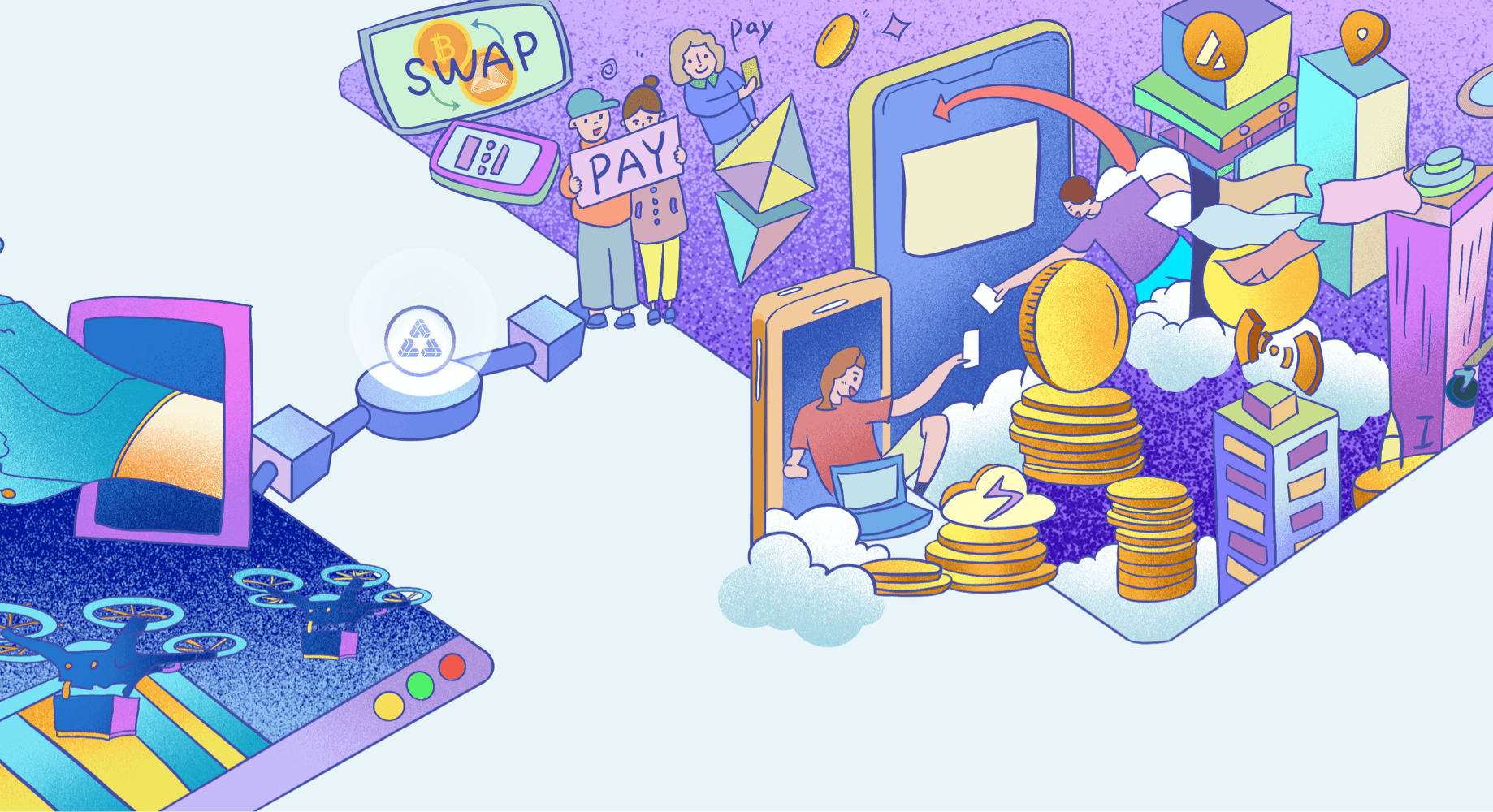
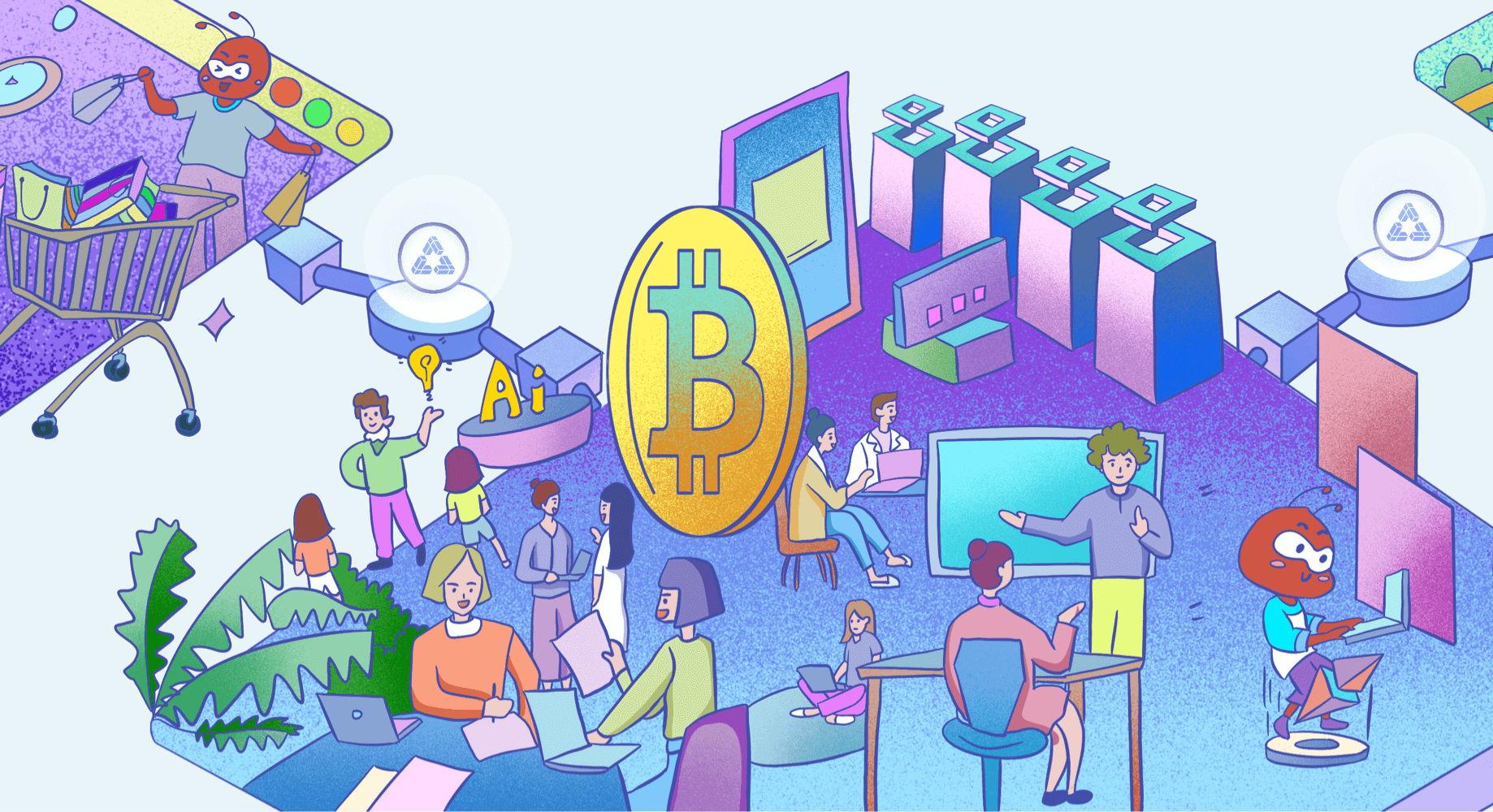
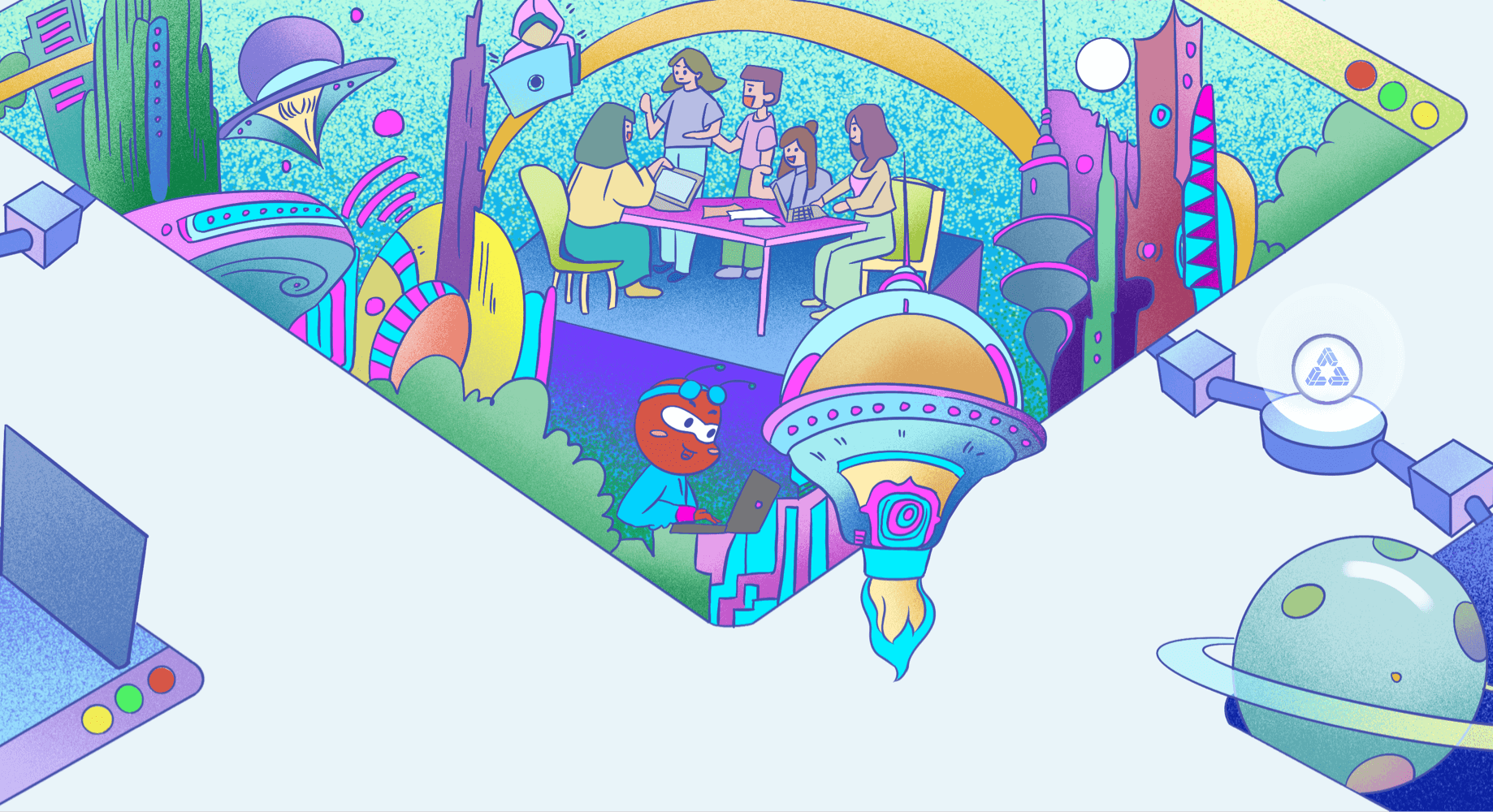
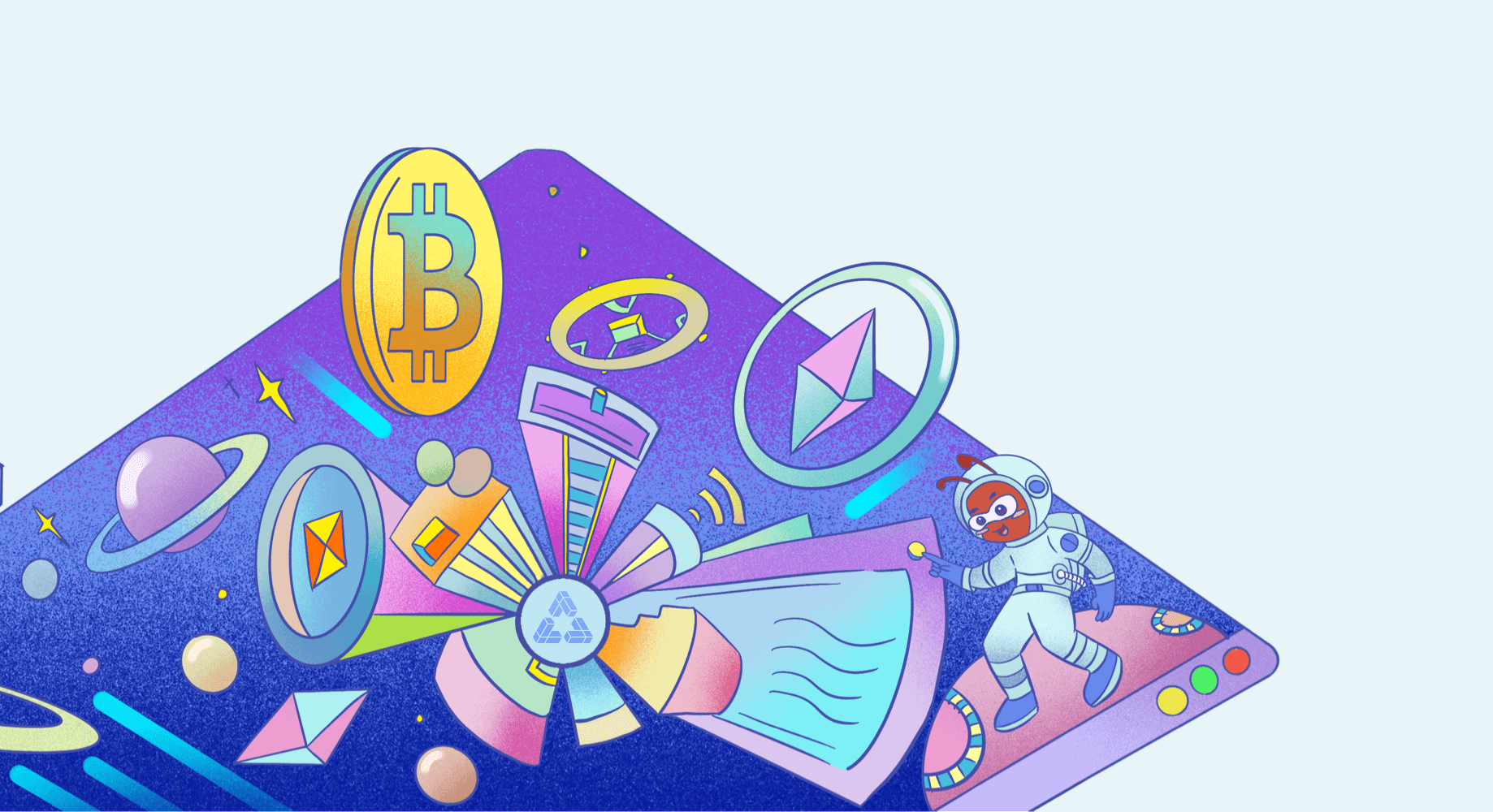
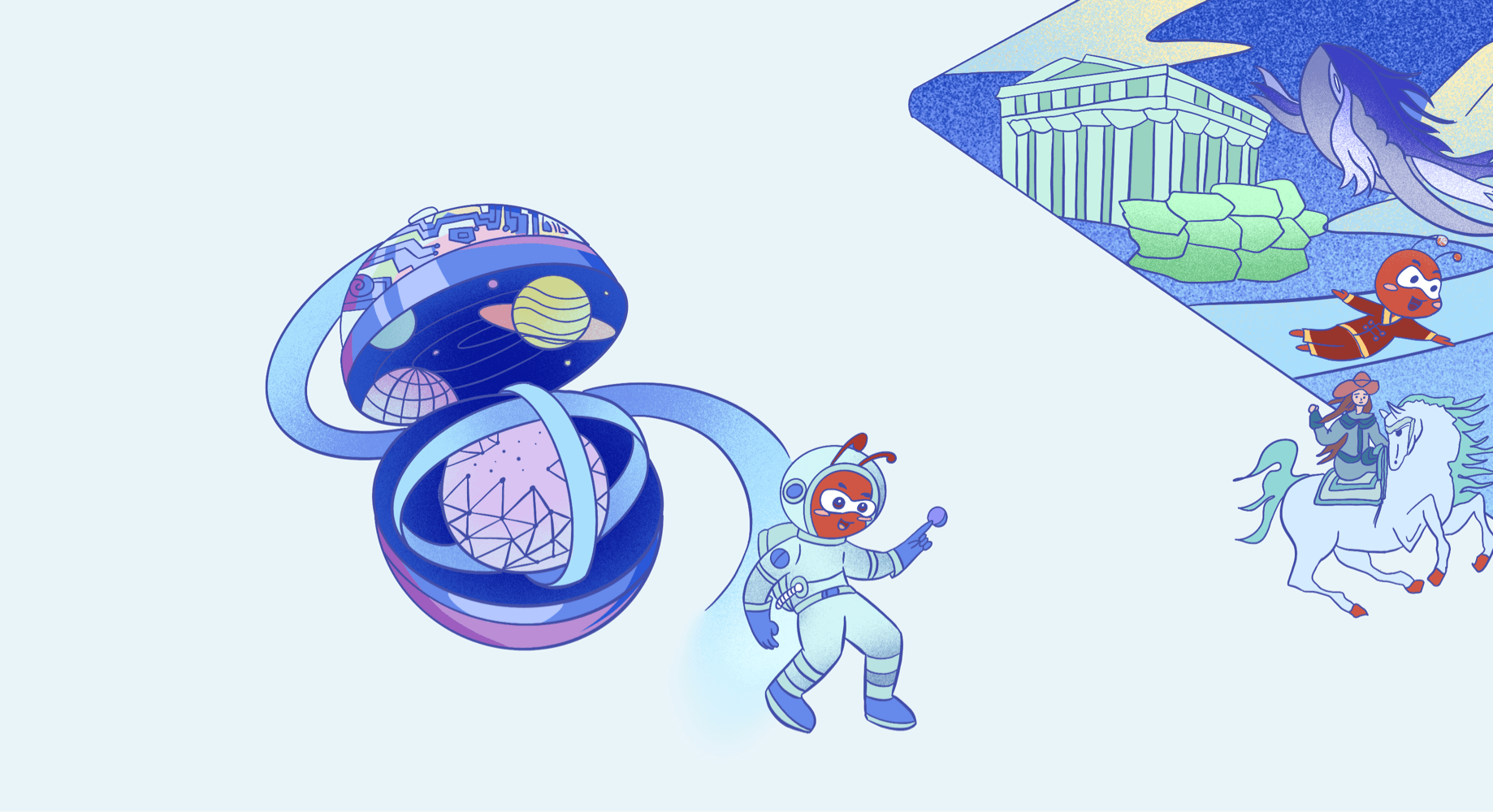

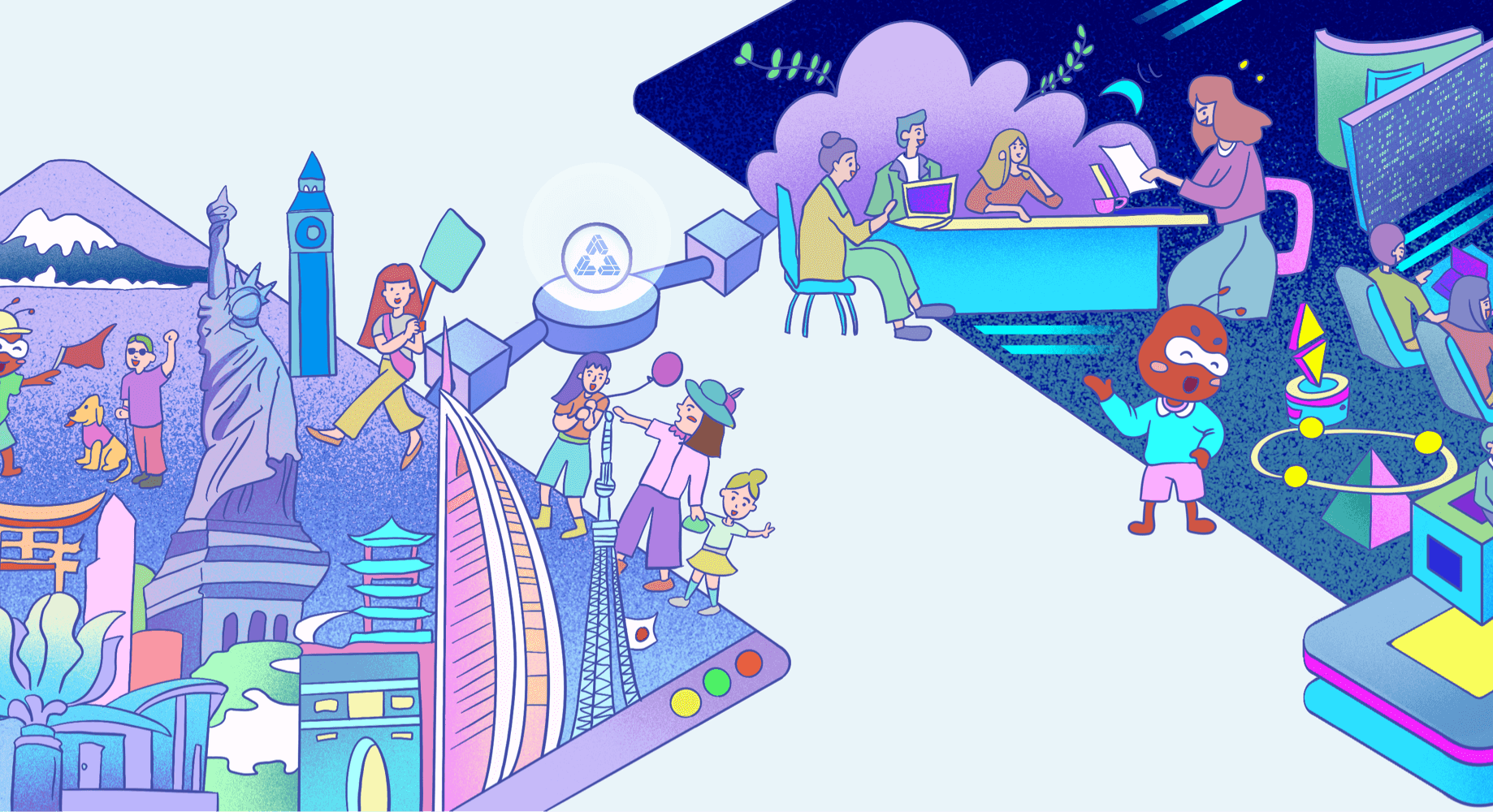



Welcome to MAP Protocol
MAP Protocol is an omnichain infrastructure for BTC, stablecoin, and tokenized asset swap.
Omnichain swap network for BTC, stablecoins, and tokenized assets
MAP Protocol leverages light client technology and MPC-based TSS to build an interoperable bridge connecting the Bitcoin mainnet with multi-chain stablecoin ecosystems (Ethereum, BNB, Tron, Solana, and more), enabling efficient, secure, and seamless cross-chain swaps between BTC, stablecoins, and tokenized assets.
The Bitcoin-level peer-to-peer cross-chain network
Similar to the “purely peer-to-peer” Bitcoin network, MAP Protocol’s cross-chain network is also peer-to-peer without going through any third party. The validity of a cross-chain request depends purely on the fact that it has occurred on the source chain, not on decisions or proofs made by trusted third parties.
A secure and trusted omnichain infrastructure
MAP Protocol uses light client technology and MPC-based TSS threshold signature schemes to ensure minimal trust assumptions and prevent single-point failures. Through its light client technology, MAP Protocol verifies source chain transactions in real-time, ensuring trust-minimized cross-chain swaps. The MPC-based TSS threshold signature scheme, managed by multiple validators, secures the locking and releasing of assets like BTC and stablecoins, eliminating single-point failures and ensuring a transparent and secure swap process.
A full-stack developer suite for building stablecoin-native dApps
MAP Protocol provides a comprehensive developer toolkit (including SDK, standard interfaces, and documentation), enabling developers to quickly build dApps across BTC, multi-chain stablecoin, and tokenized asset networks with a single-chain development experience, supporting DeFi, payments, RWA, and other innovative scenarios across Bitcoin and other popular public chains.
Get started
MAP Protocol is the gateway for users to access the Bitcoin and stablecoin ecosystem and to explore the broader interoperable blockchain world. Here are some simple steps to help users quickly experience this continuously evolving technology.
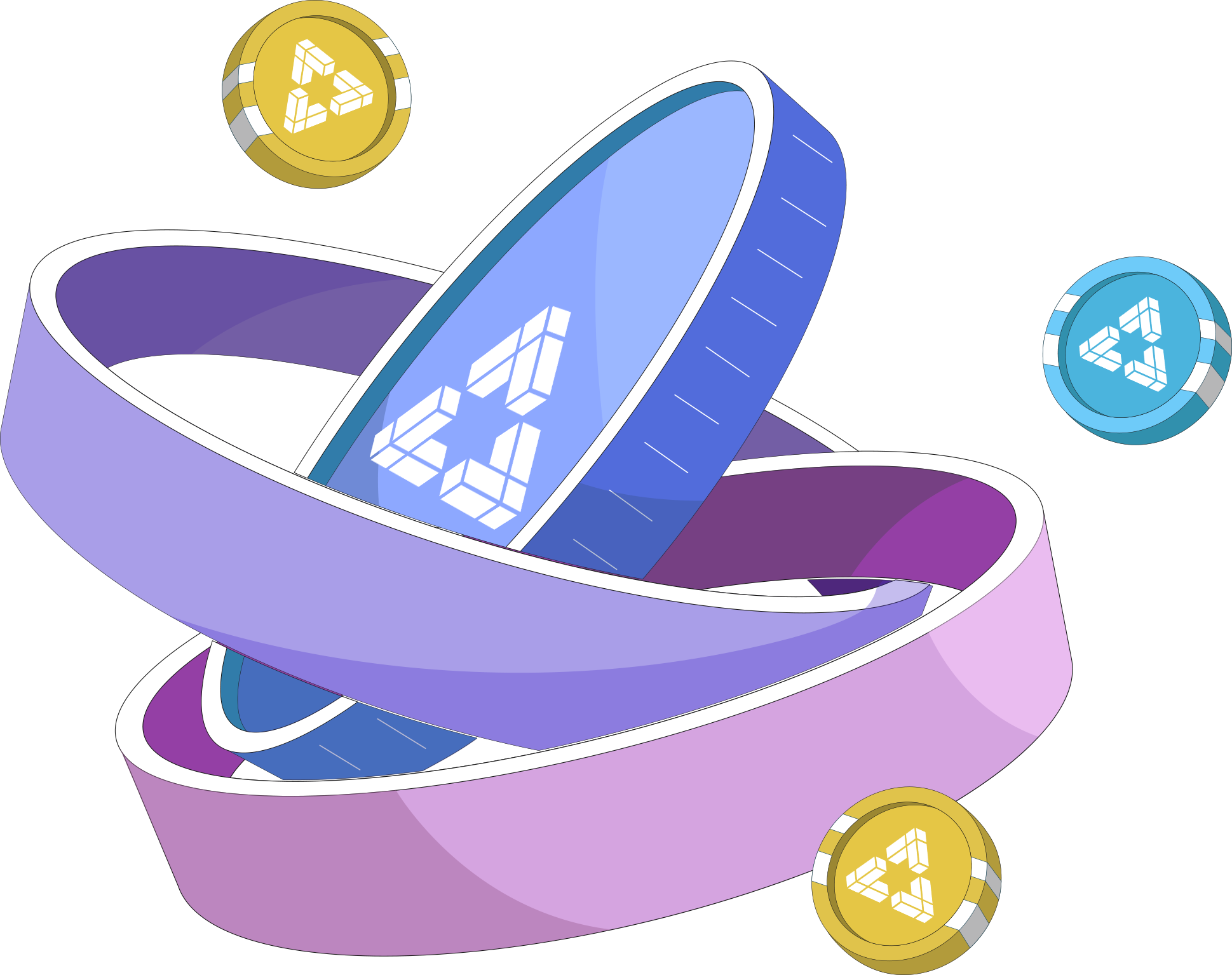

Start with a Wallet
Find the wallet that allows you to connect with MAP Protocol and manage your funds.
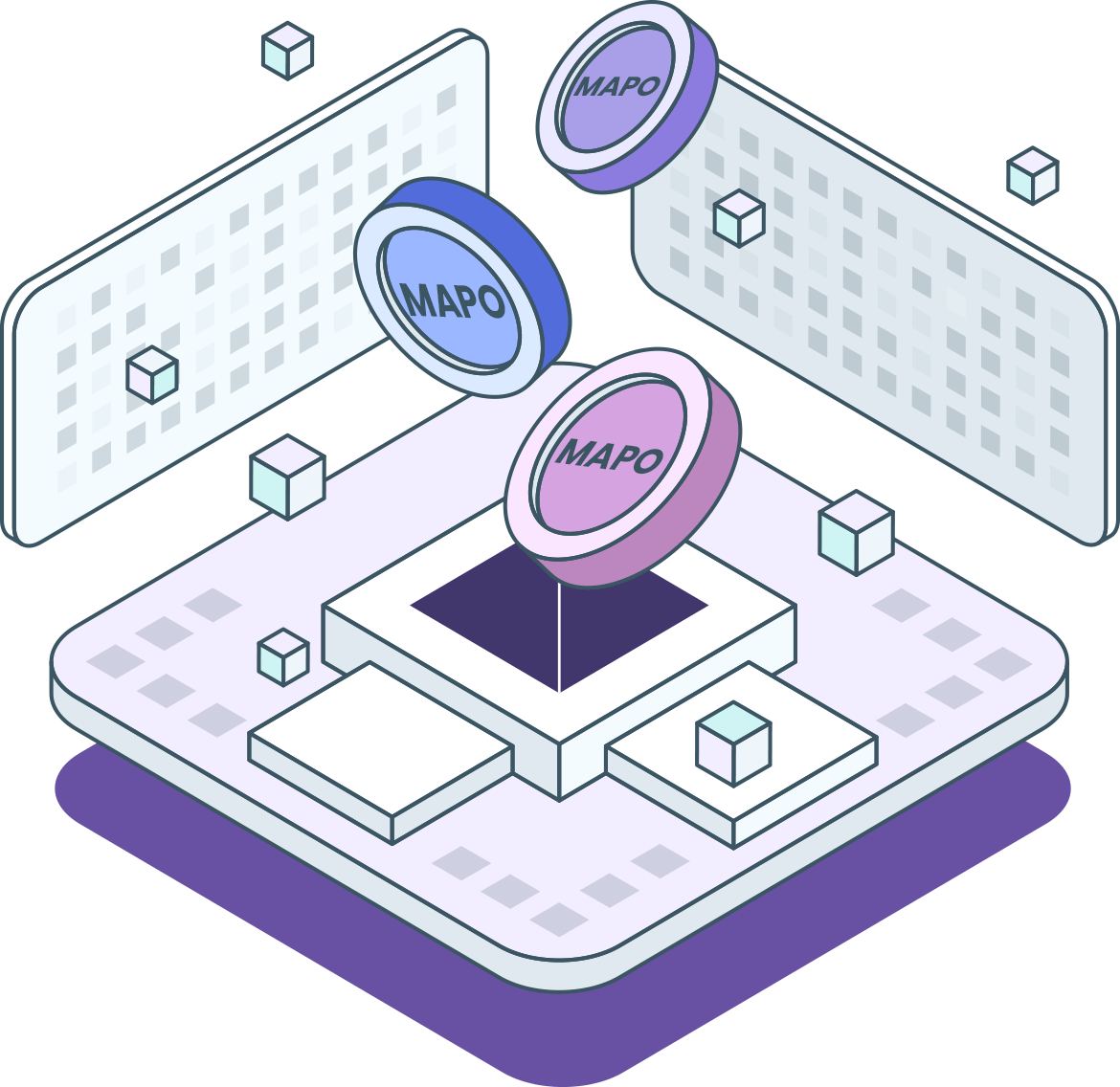
Get some MAPO
MAPO is the currency of MAP Protocol — you can use it for various purposes.
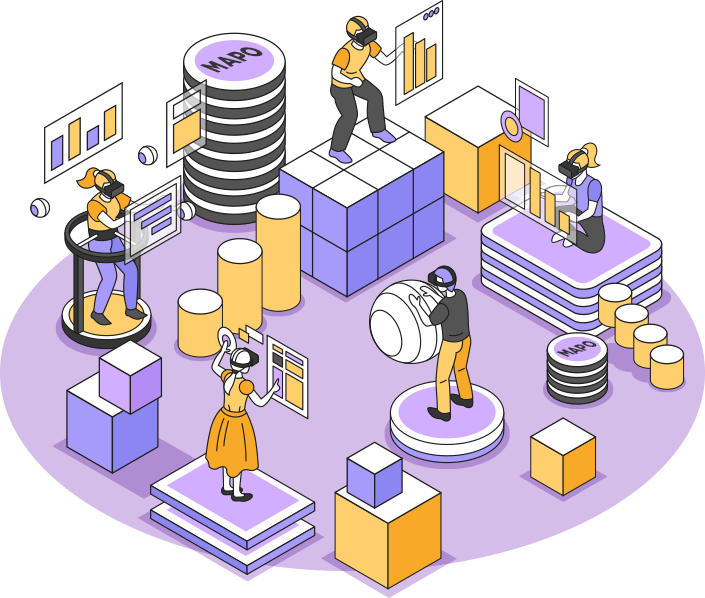
Try decentralized exchanges (DEXs)
DEXs hold transformative significance for decentralized finance (DeFi). Grab your MAPO and familiarize yourself with the mechanics of trading on a DEX.
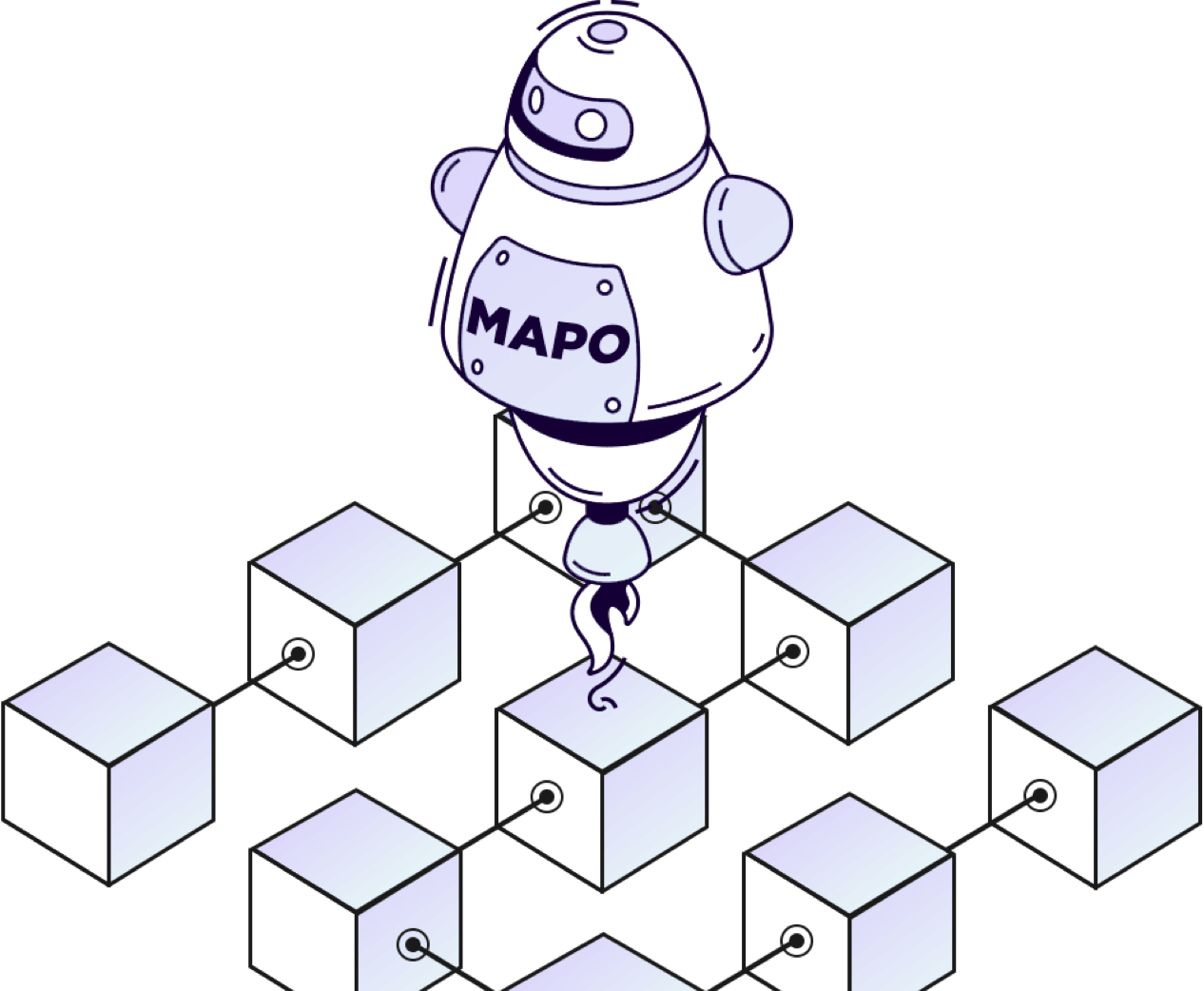
Build dApps across BTC, multi-chain stablecoin, and tokenized asset networks
EVM compatible, no need to learn a new coding language. The Bitcoin Layer 2 network covered by MAP Protocol and other ecosystem public chains are continuously increasing.
What is MAP Protocol?
MAP Protocol is the omnichain infrastructure for BTC, stablecoin, and tokenized asset swaps. It leverages light client technology and MPC-based TSS to build an interoperable bridge connecting the Bitcoin mainnet with multi-chain stablecoin and tokenized asset ecosystems (Ethereum, BNB, Tron, Solana, and more), enabling efficient, secure, and seamless cross-chain swaps between BTC, stablecoins, and tokenized assets.
Its interoperability solution is peer-to-peer, without any reliance on trusted third-party entities. This transforms Bitcoin networks or blockchains using third-party bridges into an integrated, end-to-end one-stop swap system for BTC and stablecoins, serving as the gateway for Web3 users to swap BTC, stablecoins, and tokenized assets.
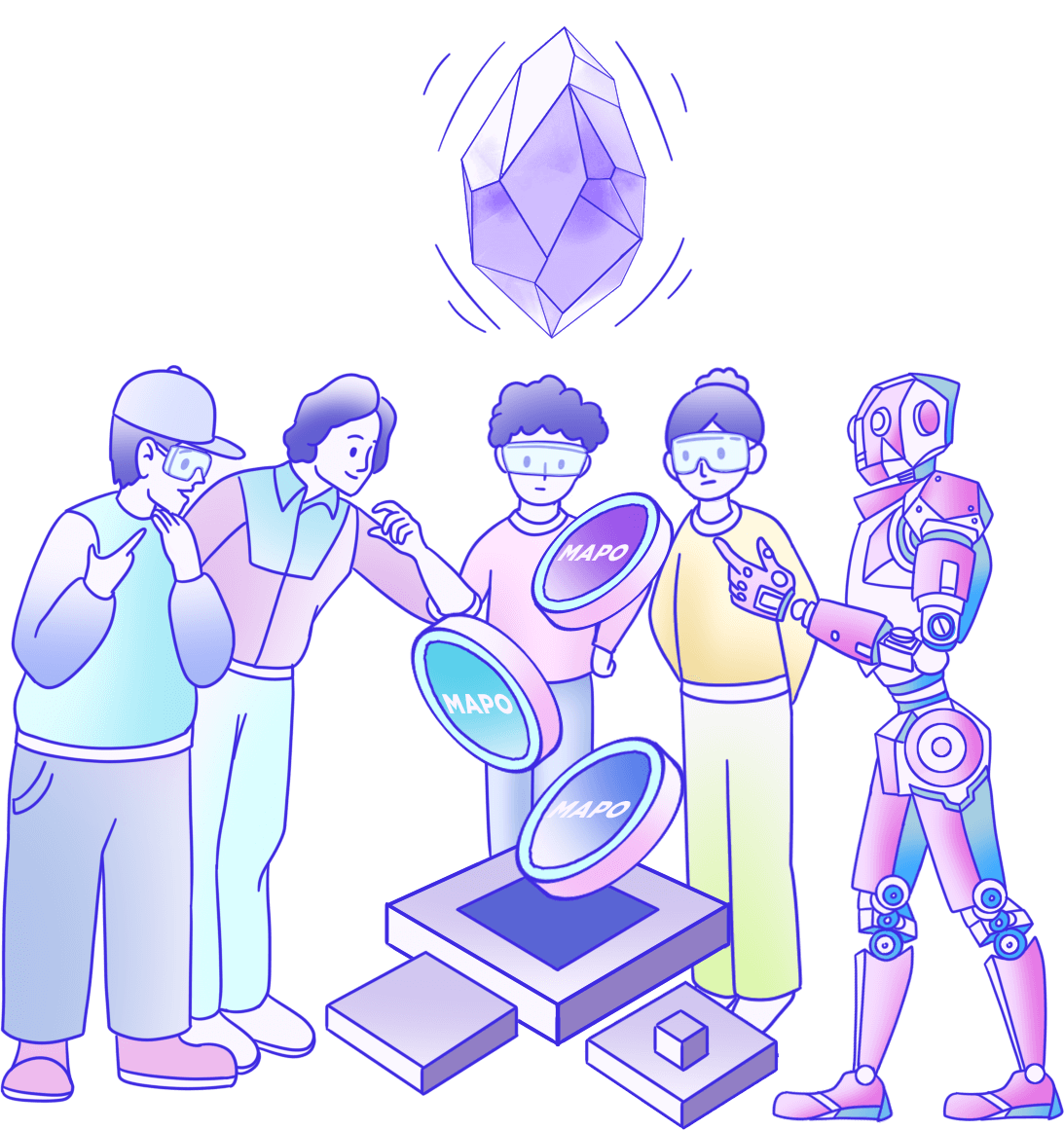
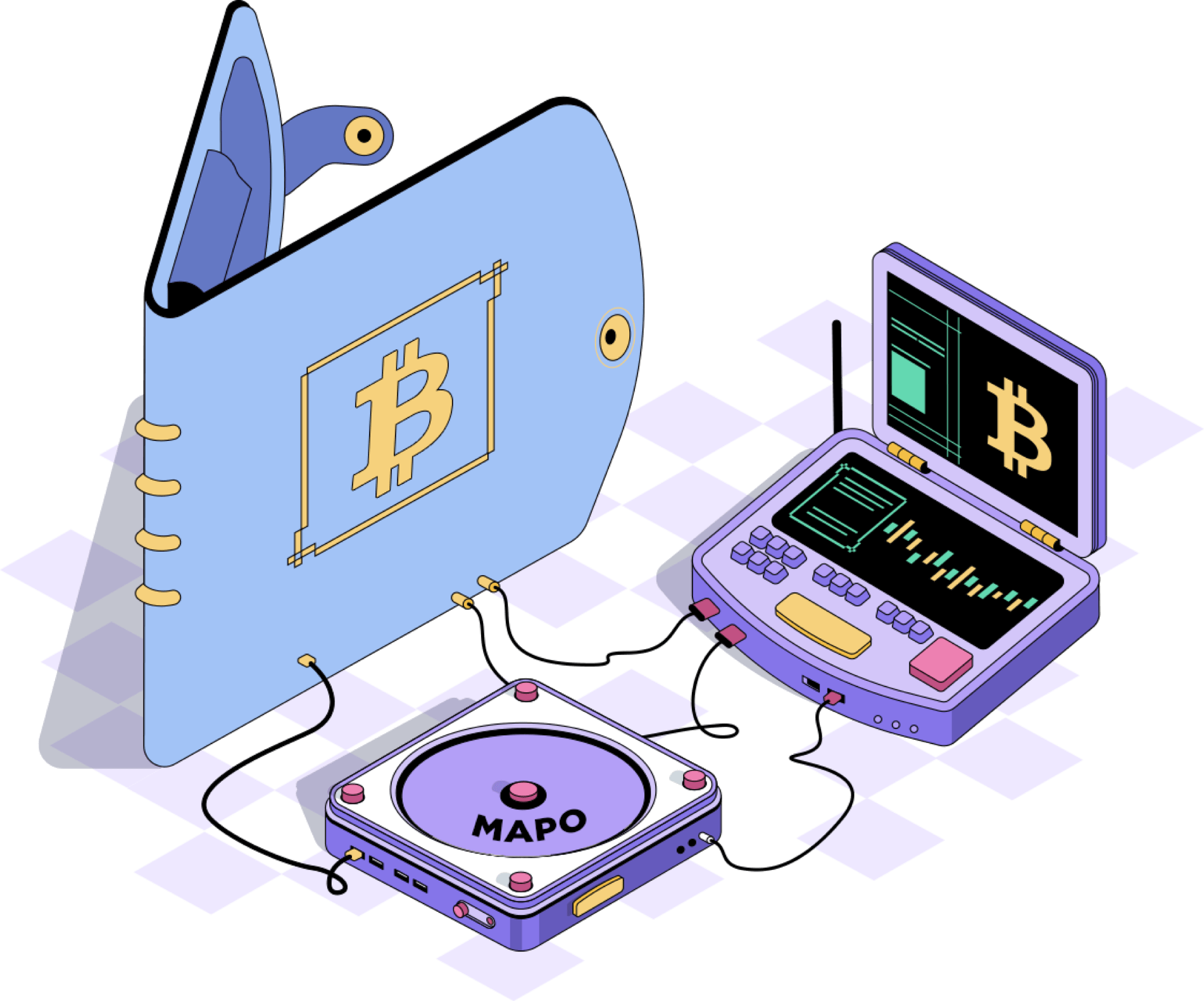
MAP Protocol as Infrastructure for End-to-End BTC and Stablecoin Swaps
MAP Protocol provides the foundational infrastructure for end-to-end asset swap between BTC, stablecoins, and tokenized assets. It enables true peer-to-peer connectivity between Bitcoin and major blockchain networks.
By leveraging Light Client architecture and MPC-based Threshold Signature Scheme (TSS), MAP Protocol powers an interoperability network that connects Bitcoin, Ethereum, BNB Chain, Solana, Kaia, and more. This makes it possible to build seamless multi-chain stablecoin dApps.
Don't trust, verify: Refactor light clients verification with ZK-proof
First proposed in the form of Simplified Payment Verification (or SPV) in Satoshi Nakamoto’s 2008 whitepaper, light client is a way to allow less powerful clients to interact with the network with as many security guarantees as possible. Zero-knowledge proof was first suggested by Manuel Blum, Paul Feldman, and Silvio Micali in 1989 and now has use cases in anonymous payments, authentication, verifiable computation, and on-chain voting.
MAP Protocol has refactored light clients technology with ZK-proof, which further improves light client verification efficiency while keeping the whole verification process peer-to-peer without trusting any third party.
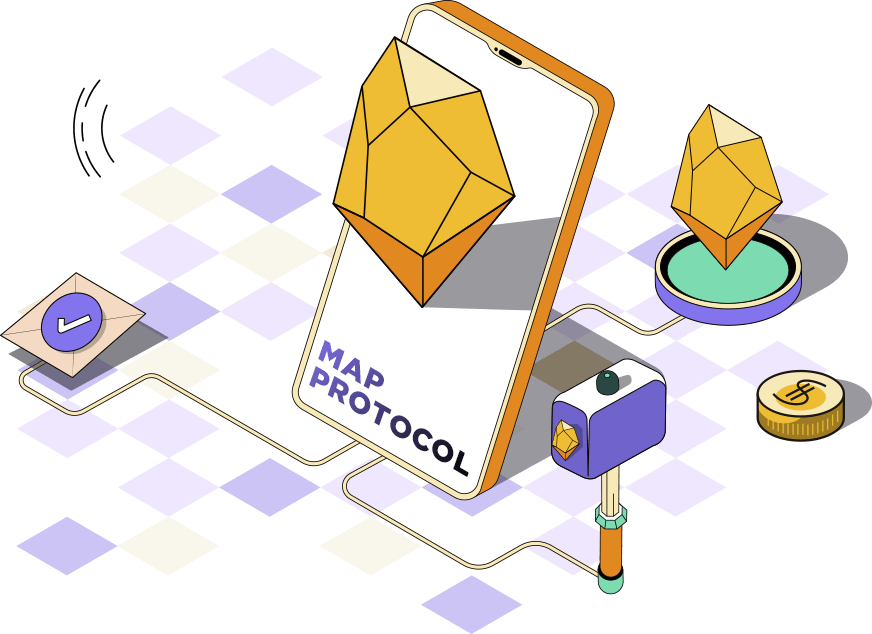
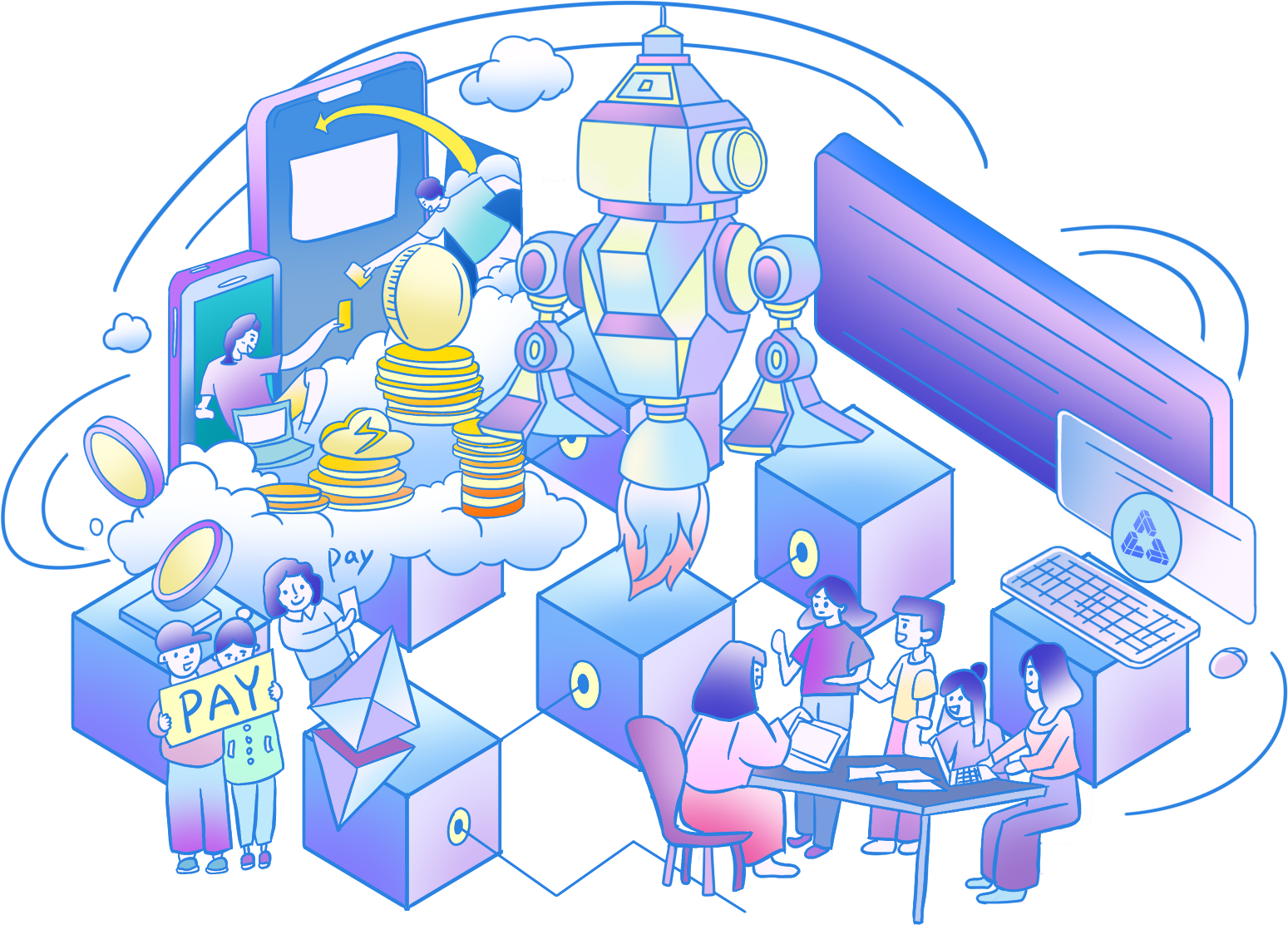
Towards a Truly Interoperable Future: Omnichain and Fully On-Chain
In an increasingly decentralized world, the demand for scalable and trustworthy blockchain systems is more critical than ever. Omnichain infrastructure enables blockchain networks to communicate and interact with one another, creating a more diverse and connected ecosystem.
MAP Protocol paves the way for this truly interoperable Web3 future. It allows developers to connect to a broad range of blockchain ecosystems, including Bitcoin network, and integrate various components to build applications where all operations take place fully on-chain.
The all-in-one developer portal
MAP Protocol and its ecosystem apps are transparent and open source, making it the go-to solution for all your Bitcoin L2 interoperability needs. Whether you wish your chain to connect with another blockchain, build a dApp to operate across multiple blockchains, or even to interact with the Bitcoin ecosystem, we make it easy for you to build and customize your Bitcoin L2 solutions. Dive into our extensive documentation and tutorials to learn how to combine different components and create an app with groundbreaking features.
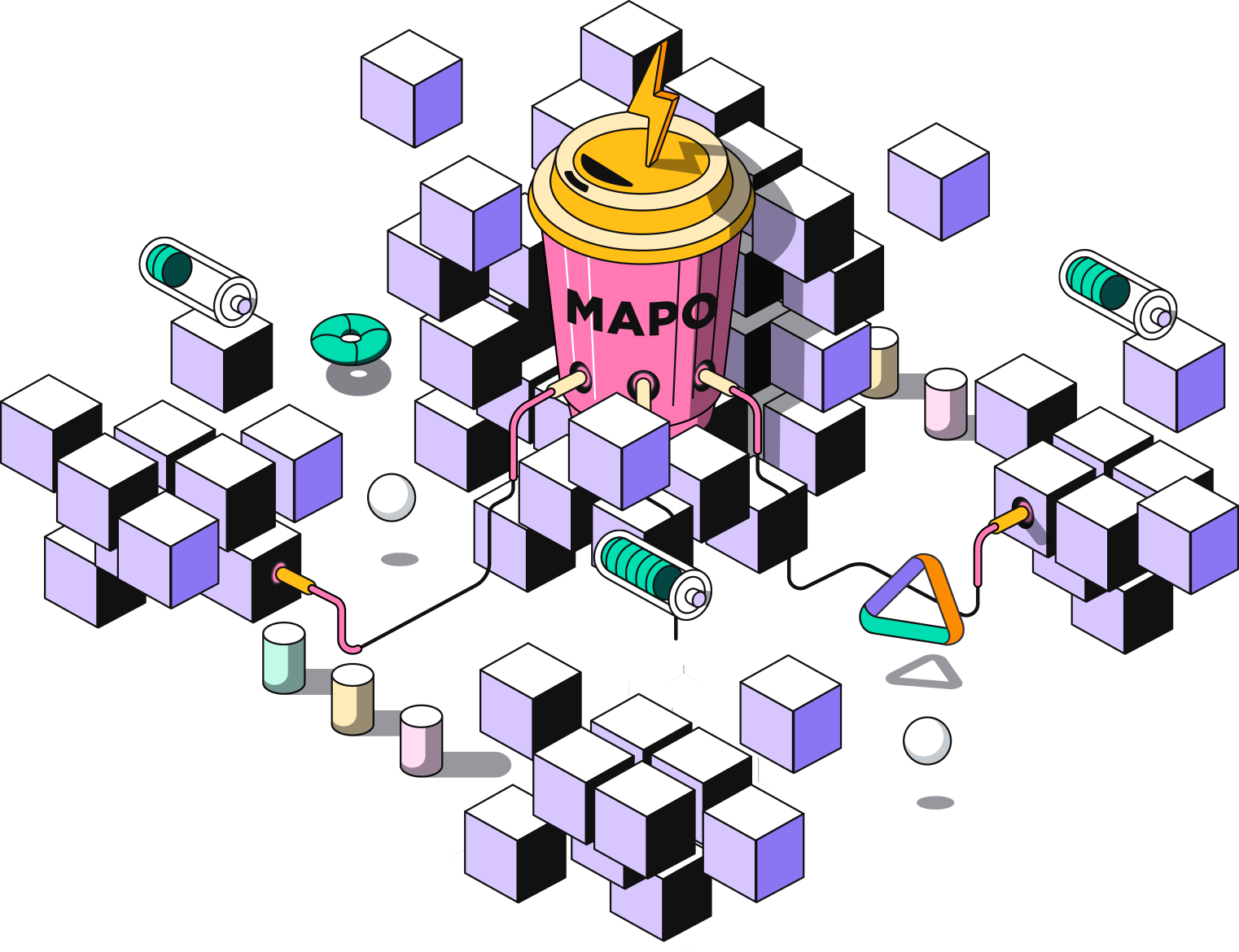
MAP Protocol today
The latest Bitcoin L2 · MAP Protocol stats (Data Source: MAPO explorer)

TOTAL MAPO STAKED
The total amount of MAPO currently being staked and securing the network.
537.9M
All
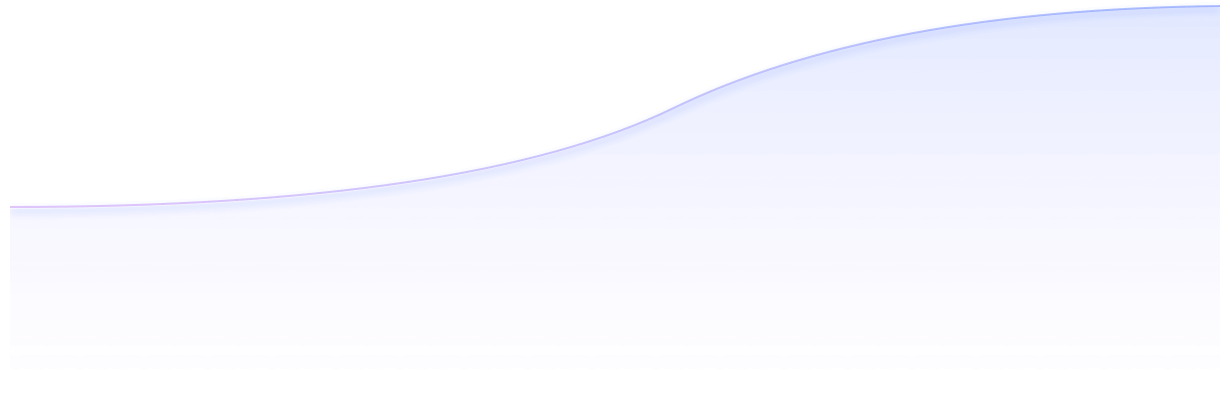
NODES
MAP Relay Chain is run by volunteers around the globe, known as nodes.
45
All

TRANSACTIONS
The number of cross-chain transactions successfully processed by the network.
36,384
7D

TOTAL ADDRESS
The number of users in MAP Protocol grows every day.
577,834
All
Join MAP Protocol community
Join over 24,000 members on MAPDAO Telegram community!
We hold monthly community calls for exciting updates on MAP Protocol development and important ecosystem news. Get the chance to ask questions, share ideas, and contribute in different ways — it's the perfect opportunity to be part of the thriving MAPDAO community.

Explore MAP Protocol